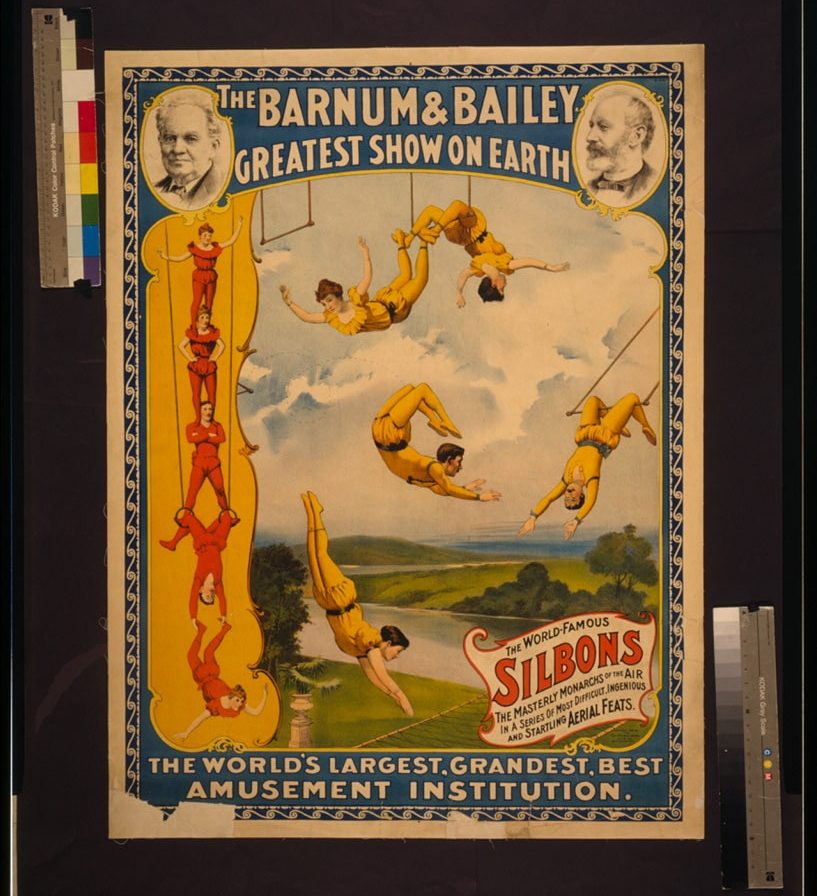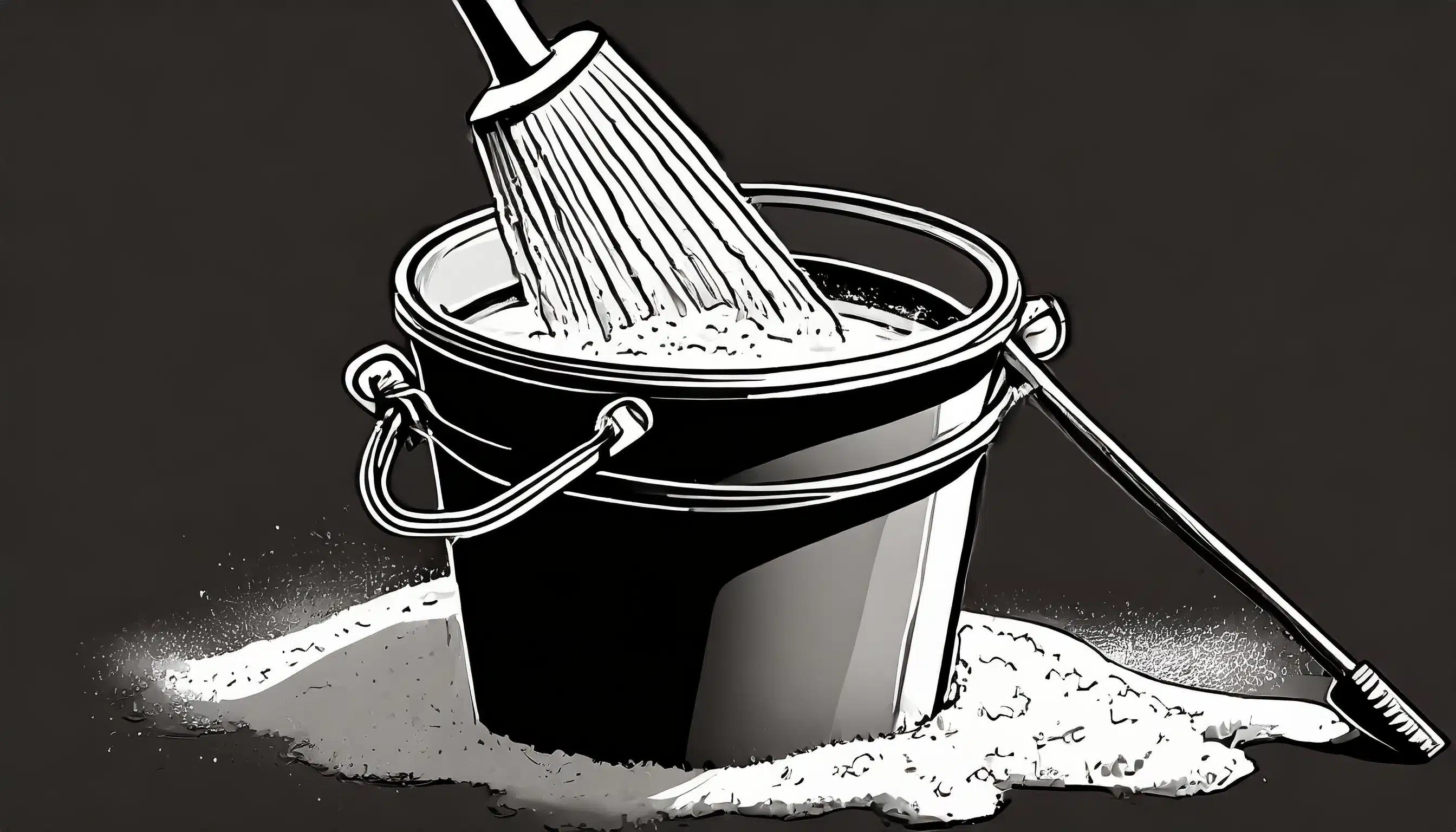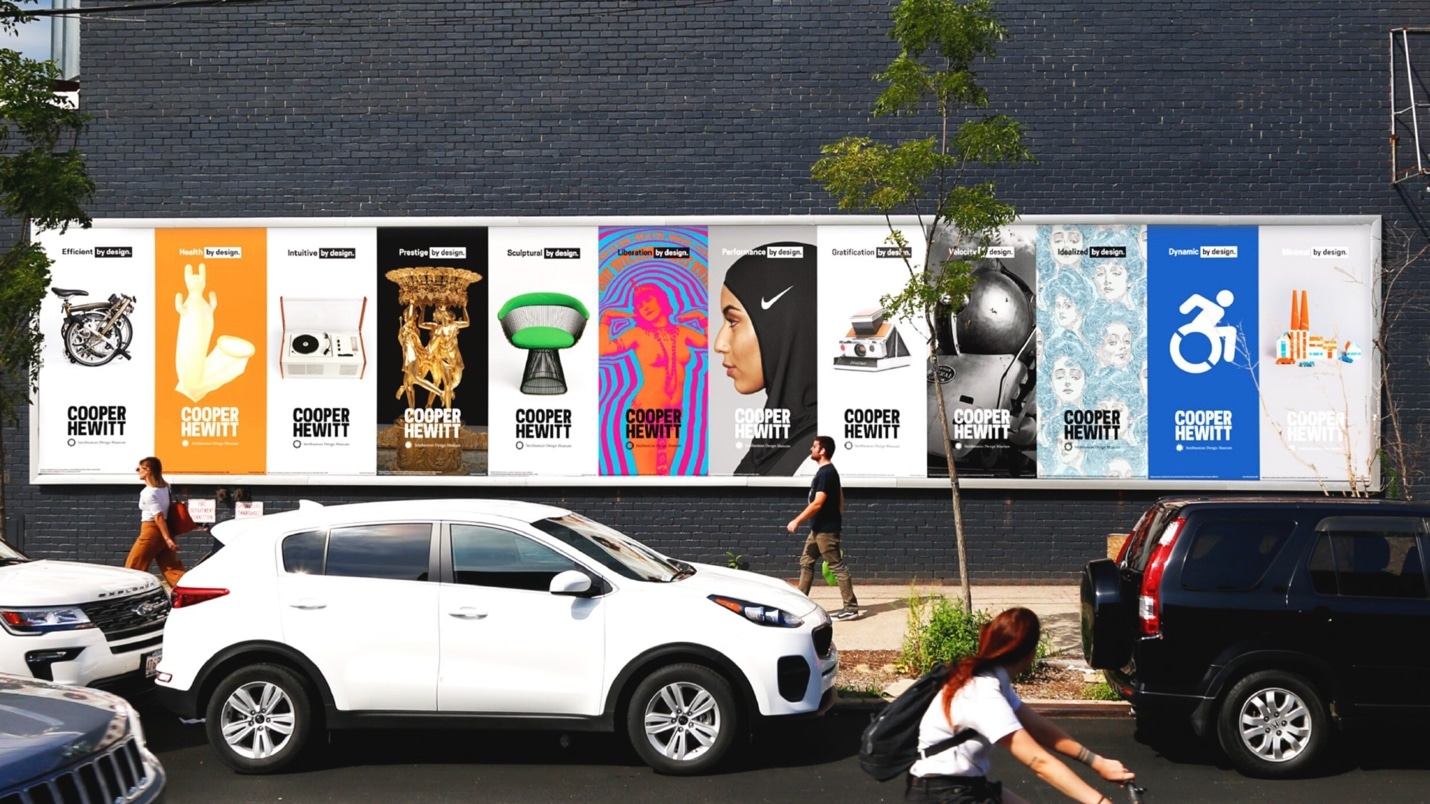Materials Needed for Wheatpasting
The wheatpasting recipe is pretty basic. You need:
· Cold and boiling water
· Flour
· Sugar (optional for those who prefer their paste stickier)
Are you considering a wheatpasting campaign or simply want to know what wheatpasting is? This guide will take you through Wheatpasting 101, from explaining what this unique advertising form is to offering tips on how to do it to advising on the legality of wheatpasting.
Over the years, we’ve worked on tons of these campaigns, and we love this art form. It’s truly so much more than advertising. It can change the vibe and makeup of a street and provide an immersive experience unique to this form of outdoor advertising.
Wheatpasting can also be controversial, and we don’t shy away from that. It’s another reason why we like it. Sometimes you have to shake things up to get attention. Read on to learn more about wheatpasting and how to do it.

Wheatpasting is the act of using wheatpaste to affix paper posters to a wall or construction barrier.
The sticky wheatpaste acts as an adhesive. People often refer to the artwork put on the walls as “wheatpaste posters.”

Wheatpasting traces its roots back thousands of years. Some people say it was used in Ancient Egypt as an art and storytelling medium. But it came to more prominence within the past three centuries. Wheatpasting offered a cheap, easy way to post bills — i.e., to put up posters advertising whatever was going on around town.
A local theater might promote its latest play, or a traveling circus might advertise an upcoming show. A drug store could inform people about a new product or sale.
The posters became more of a cultural statement in the 1960s, when punk rock bands and concert venues started using them to advertise, and beyond, as they morphed into political statements. Over the years, more and more advertisers from broader backgrounds embraced wheatpasting as a form of guerrilla marketing.

Wheatpaste consists of surprisingly simple ingredients: flour and water. Mixed together to the right consistency, they form a substance comparable to what you use for papier-mâché. Do you remember covering a balloon with newspaper strips dipped into the papier-mâché mix as a kid? Wheatpaste has the same sticky feel, and it does a great job staying attached to almost any surface.
This sounds like a no-brainer — you can put them almost anywhere they’ll stick — but a legal element makes the answer more complex. You can put wheatpaste posters on lots of construction sites and barriers that will come down eventually. But if you want to put them on buildings, you need to get the OK from the landlord. You can do this by approaching the owner directly or going through a vendor, who will know the proper contacts and channels.

Wheatpasting appeals to people for many reasons.
Most wheatpasting campaigns involve using the same or very similar creative repeated over a small area.
Whipping up a batch of wheatpaste takes just a few minutes, and affixing the posters to a wall can be fun.
Rates for wheatpasting compared to other forms of advertising are very low.
The posters papering the “walls” of a city always grab your eye and tell a story you can’t always capture with a billboard or other form of advertising.
Wheatpaste is a natural, nontoxic substance.

Pulling off a wheatpaste campaign means knowing the right materials, application technique, legal restrictions and creative approaches. With these in order, you can deliver the best campaign and increase the chances someone walking past will recall what you advertise or take action based on your ad.
The wheatpasting recipe is pretty basic. You need:
· Cold and boiling water
· Flour
· Sugar (optional for those who prefer their paste stickier)
Here is a step-by-step guide to making wheatpaste.
1. Gather your ingredients:
· 1-2 cups of cold water
· ½-1 cup of flour
· 6-7 cups of boiling water
· 1 tablespoon sugar (optional)
Note: For the flour, we recommend using white. Some people use wheat flour, but we see that as a waste — it’s more expensive, and you’re not making a fiber-filled muffin. You’re making paste. The simpler and less lumpy the flour, the better.
2. Mix the cold water and flour until you get a paste the consistency of a thin pancake batter. Use a whisk to eliminate all the lumps. Bring the remaining water to a boil on the stove and add the wheatpaste mixture, continuing to mix while bringing the heat down to low. You may need to add a little flour or water, depending on the consistency. You can also add the sugar for additional stickiness. Keep stirring for 10 to 15 minutes.
3. Remove the mixture from the burner and let it cool for a bit before pouring it into a resealable container.
Wheatpaste will stay good for up to five days if you keep the top of the container closed. You can preserve it for even longer, up to a week, if you put it in the refrigerator, though that can also make it harder to spread.
After the first day, the mixture begins to congeal, so bring extra water and a stirring stick with you when you go to apply the posters. You may need to add some water to the wheatpaste and stir it before application.
Here are instructions for how to make a wheatpasting poster.
Use your words smartly. Limit the number of words (six is ideal) and use an easy-to-read font.
Pick a large, memorable image. Remember, people are more inclined to look at ads with images vs. text.
Embrace the QR code. If you want to drive traffic to a website, include a QR code instead of adding a URL. QR codes offer instant access to the website instead of having to type something into a browser, which takes time and effort.
Choose thinner paper. We prefer cardstock for other purposes, but for wheatpasting, thinner paper works better. It sticks to the surface better, still offers solid print quality, and doesn’t warp. Some people use butcher paper, too, though we find that to be more of a pain to print on. Create a sample to troubleshoot any quality issues before you produce all 50 to 100+ posters.
Before you head out to put up your wheatpaste posters, make sure you gather all the necessary supplies. In addition to your posters and the wheatpaste, you should bring:
Ladder
Pencil
Water
Stirring stick
Squeegee
Paint brush
Newspapers cut out to be the same size as the posters
Scrub brush
Tape measure
Here is a step-by-step guide to putting up wheatpaste posters.
Begin by using the dry scrub brush to wipe down the area where you want to apply the poster. Getting rid of debris and dirt will help the poster stick easier. Next, use the tape measure to plan where you want the posters to go and line things up straight. Use a pencil to mark each spot.
Apply wheatpaste to the back and front of the newspaper with the paint brush, then stick it on the back of the poster, which should also have wheatpaste applied. Place it where you outlined with the pencil, then apply a coat of wheapaste over top of the poster. You may need to add additional coats until it sticks.
Use the squeegee to smooth out any air bubbles or wrinkles. Climb the ladder as needed.
It helps to scope out each wheatpasting location ahead of time and have an idea of how many posters you will use in each place. That way you have enough with you, though we recommend bringing 10-15 more than you think you’ll need. Posters can rip or get damaged while pasting.
Practice makes perfect. Over the years, as we conducted hundreds of wheatpaste campaigns for our clients, we’ve picked up valuable tips to make the process smoother. Here are some of our top wheatpasting tips:
The way you arrange your posters is just as important as the content on them. A thoughtfully designed layout can leave a stronger impression. We’ve used creative arrangements like diamonds, circles, crosses, and squares to elevate the impact of campaigns. The best approach depends on the message you’re promoting.
Experimentation is key. Use a newspaper or other visual guide to test different layouts and see what works best. Trying out various patterns at different locations may inspire an arrangement that wouldn’t have crossed your mind initially—but stands out once executed.
Is wheatpasting legal? Well, that’s the million-dollar question, isn’t it. Wheatpasting in and of itself is not illegal. And it is not against the law when you gain permission from the landlord to put up your posters. But it is illegal to do a Wild Posting campaign when you do not have permission, and it could lead to steep fines.
Years ago, people carried out illegal wheatpasting campaigns more frequently. There were many reasons for this:
Fewer clear-cut regulations in place to prevent wheatposting
Less competition to put up posters, so it happened less
Less targeting of areas that are strictly off-limits
But as wheatpasting became more popular, authorities cracked down on illegal campaigns. Vendors who do these shady endeavors earn bad reputations. They can get their clients in trouble, and what’s worse, a lot of times they don’t even tell the clients that they intend to post illegally. This can spark headaches, including reflecting poorly on the brand and setting it up for fines for illegal activity.
Still, some people continue to believe incorrectly that wheatpasting is always illegal. It’s not. You can conduct a campaign that is perfectly legal and aboveboard when you work with an agency like ours. Finding people who know the regulations and look out for your best interests is critical.
How to Avoid Legal Issues With Wheatpasting
Precision and care will keep you out of hot water for a wheatpasting campaign. First, you need to get the landlord’s permission to post. Reputable agencies like ours know which vendors do this and which won’t.
You should investigate any regulations in the area and make sure you have the proper permits, if any are necessary. One reason it’s illegal to post without permission is that landlords don’t want to take on any unnecessary risk. They obviously are liable for anything that happens on their property, and they don’t want responsibility for someone doing something they didn’t authorize.
Of course, the other reason is content. A landlord may not want to have posters for cannabis or a racy brand of lingerie on their building. Unlike in some situations, seeking permission always works better than seeking forgiveness.
Basically, you can stay out of trouble as long as:
You have any necessary paperwork or permitting.
You have the landlord’s permission to post.
You are upfront about the content being posted.
If you or your agency do all these things, you’ll be fine.
Our many years of carrying out wheatpasting campaigns have taught us some things you won’t find in a standard guide. Here are a few more insider tips.
Avoid pasting over posters that have been razored. Those putting up illegal posters often slash them a few times with a razor, making it more difficult to remove the posters because they come away in thin strips. Alas, this can also be a huge pain to paper over, too, because the razor strips create an uneven surface. But if you must, we recommend removing the old posters (which takes a little time) or using extra wheatpaste on the area first, skimming it with the squeegee.
If you always hated crafting or are in a hurry and don’t have time to make your own wheatpaste, you can purchase wallpaper adhesive as an alternative. This adds a slight expense to the campaign, and if you’re a purist, it’s not quite wheatpasting. But it is efficient in a pinch. Avoid adhesive that brands itself “easy to remove.”
Targeting the right area is critical for a successful campaign. While you may get a second life on social media when people post photos of the posters, your main traction will come from pedestrian and driver passersby. Make sure the people you want to reach are located wherever you put up your posters — i.e., if you want to connect with young mothers, target streets near day care centers, baby clothing stores or libraries.
Do the wheatpasting in one outing. It’s much more effective to have all your creative in place at one time for a big reveal rather than doing it piecemeal. Remember, you want to make an impact, and deploying a bunch of posters at once will do that.
Wear safety goggles when putting up the wheatpaste posters. While wheatpaste isn’t toxic, you don’t want it splashing in your eyes.
Wheatpasting offers a fun, creative and effective way to get your message to the right people. We love helping our clients with wheatpasting campaigns and achieving the creative vision they want — legally. Contact us today to discuss your options and get started.
